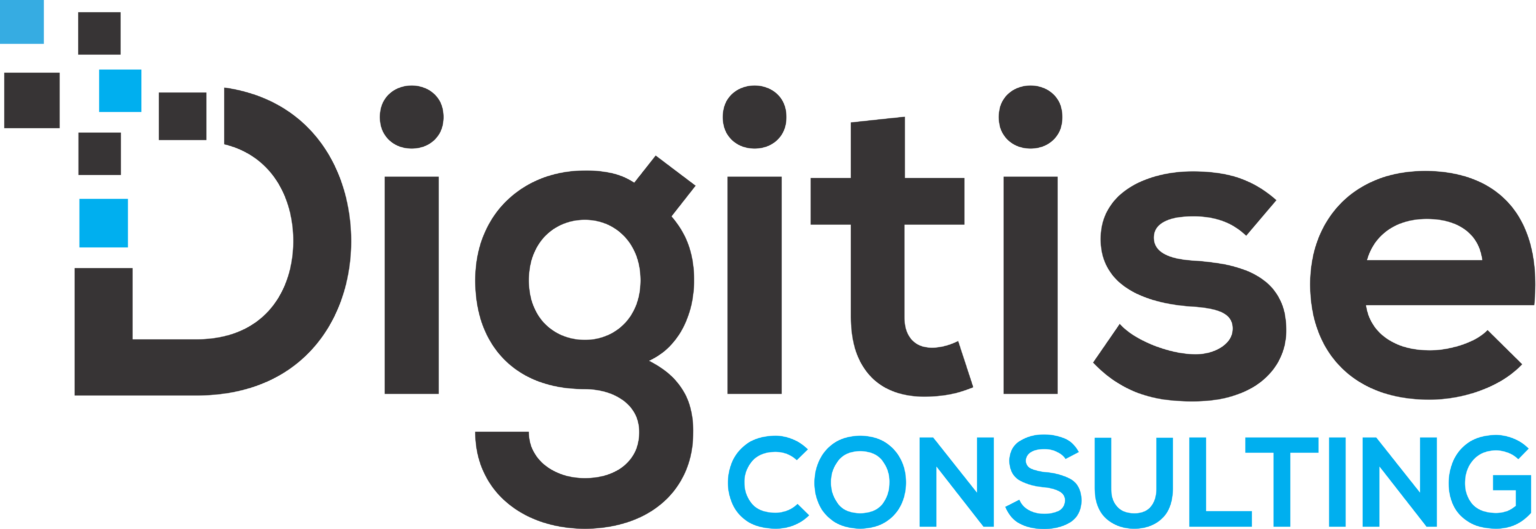Case Study: The M6 Motorway Stage 1 – Digital Engineering Management
The M6 Motorway Stage 1 was one of the first TfNSW project to adopt the new TfNSW Digital Engineering Framework, and Digitise was at the forefront of developing the project specific requirements, educating the project team and contractors on Digital Engineering, and supporting the projects throughout delivery.
The M6 Motorway Stage 1 project will provide twin four kilometre tunnels linking the M8 Motorway to President Avenue at Kogarah, with ramp connections and widening of President Avenue and a future connection to extend the M6 Stage 2.

Digitise initially developed a Digital Engineering Strategy for the project, demonstrating where Digital Engineering could provide value on the project, with the requirements carried into the Scope of Work and Technical Criteria (SWTC). We developed the SWTC specifying the information and asset requirements across all disciplines, listing the deliverables at each stage and developed the Project Data Schemas (PDS).
On project award, Digitise were heavily involved with the project setup, establishing the systems to support the Digital Engineering requirements including configuring the client Enterprise Content Management (ECM) and Common Data Environment (CDE) platforms, to the requirements of the PDS, and the cloud based model review tools.
During the delivery, Digitise supported the TfNSW and the Contractor’s team to delivery the requirements of the SWTC, including completing 100s of reviews of the Design Packages at each stage. To improve the review process, we adopted Open BIM technology using BIM Collaboration Format (BCF) to capture and share our review comments with the contractor to provide more detailed and visual issues, over the traditional spreadsheet only. This progressive approach to review, allowed improved collaboration between all parties and expedited the comment close out process.
Key Achievements
- Integrate the new TfNSW Digital Engineering Framework requirements to one of the first TfNSW projects.
- Implemented improvement sharing of project information through standardised document naming, systems and project controls, improving the overall quality of documentation.
- Integrated the asset management requirements into the design process for improved asset handover documentation.
- Custom in-house processes developed specifically for enhanced management of asset information models
Useful Links
© 2024 Digitise Consulting Pty Ltd. All Rights Reserved. ABN 54 638 057 717


